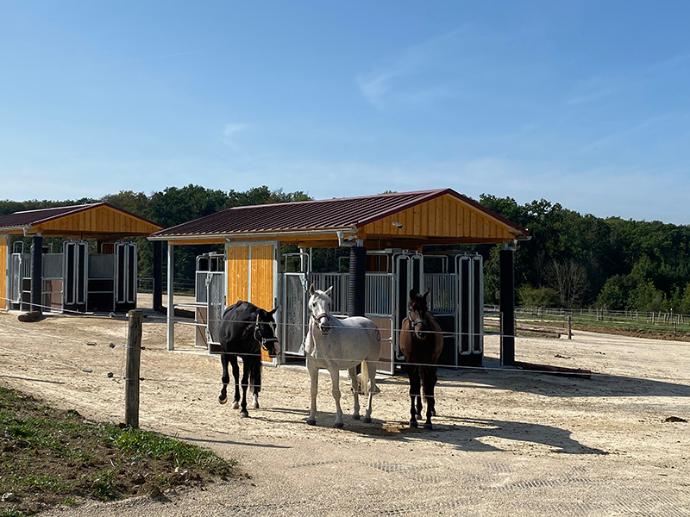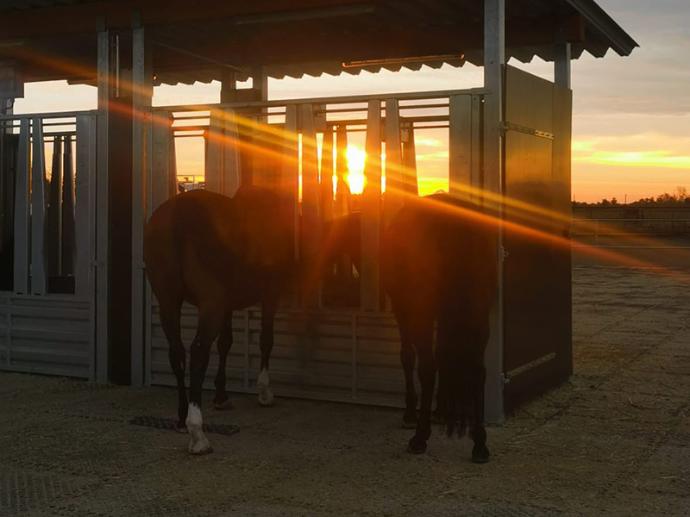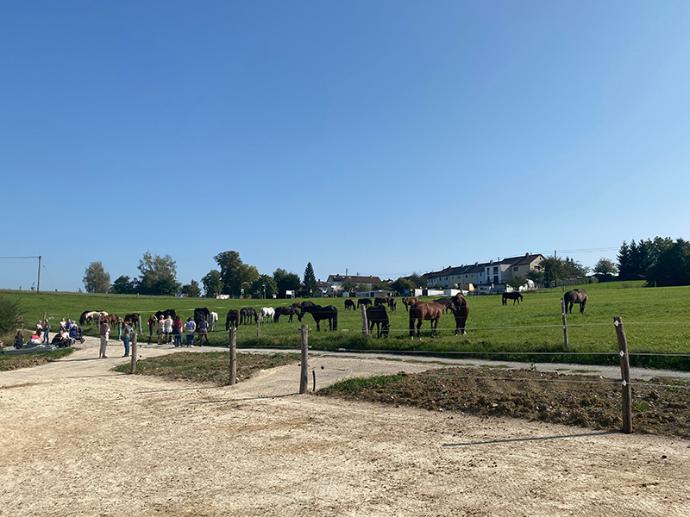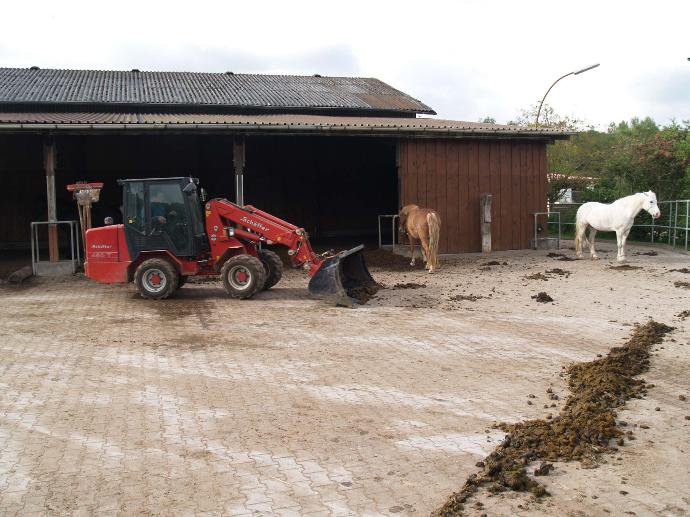Horse keeping is a lifestyle, a full-time job for most people involved. The pressure of time and finance sometimes make horse keeping difficult to sustain and maintain high welfare standards. So what is the answer to the changing world of horse keeping?
The changing world of horse keeping in 2021:
Horse keeping as we know it is in a period of transition.
Old and traditional methods of horse-keeping are often called into question with welfare standards which has prompted a change in thinking amongst many horse owners.
In recent years several concepts such as paddock paradise and the equicentral system have grown in popularity in the UK as an alternative to traditional horse keeping.
The Activestable concept is the perfect answer to a horse owner looking to create "equine appropriate" and natural living conditions. The Activestable concept meets all the necessary requirements for sustainable horse keeping where horses live in a herd and allowed continual exercise in structured runs and trails.

Why should we take notice of this growing trend in horse keeping method such as Activestable?

Horse Welfare
All responsible horse owners would understand that horses need light, air, movement and social contact as an essential part of good horse keeping. Traditional stabling still has its place in horse keeping for different requirements and may still meet the minimum requirements set out by welfare regulations.
On the other hand, Activestable provides high welfare in excess of regulations and all in an environment closely related to a horses natural habitat. Owners can enjoy the feeling that their horses are given the best possible care to thrive, stay happy and keep healthy.

Labour requirement
Similar to agriculture, the labour requirement for horse-keeping is quite physically demanding and requires a unique set of skills with all those involved. It's apparent that employers are finding it increasingly difficult to find suitable staff to care for the horses.
In a traditional horse keeping establishment, on average 20 to 30 minutes of labour time is spent per horse per day to complete all necessary stable chores including mucking out, poo picking, feeding etc.
A well planned and constructed Activestable has a target labour time per horse per day of 5 minutes. This is a significant advancement that will allow the operator to spend less time doing chores and more time riding, teaching and running the businesses with less stress and pressure. The Activestable design can be optimised for mechanical manure removal, automated water and feeding systems to achieve this target time whatever the number of horses and time of year.

Financial pressure
Similar to the issues with labour requirement, financial stress is a big worry for many horse keepers especially with the impacts of Covid19.
Staff wages, vet bills, feed/forage and facility maintenance are all on the mind of an equestrian business owner. Unlike other businesses where non-essential expenses can be easily cut, this is not so in horse keeping. The horses still require feed, forage, veterinary care and farrier treatment to keep healthy even if income is reduced.
Fortunately for you and your horses, the Activestable is a great way to ease that financial pressure and provide a structured, high welfare environment for the horses.
This is mainly achieved by lower labour cost and time but also savings in feed and forage by buying in bulk.
Read more about Activestable here: jelka.co.uk/activestable